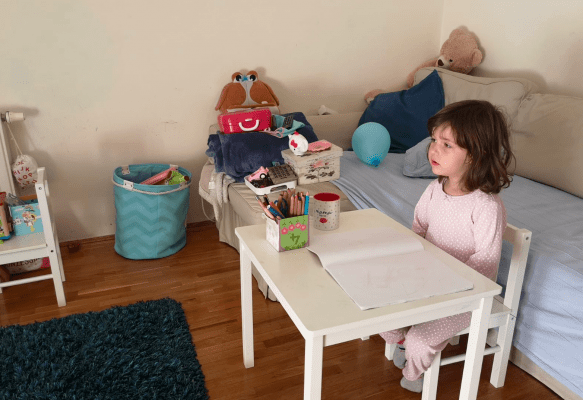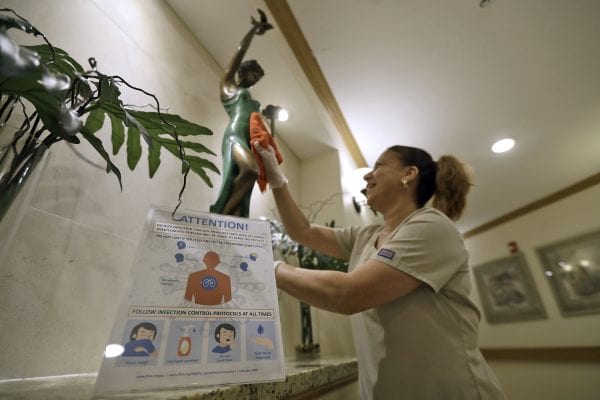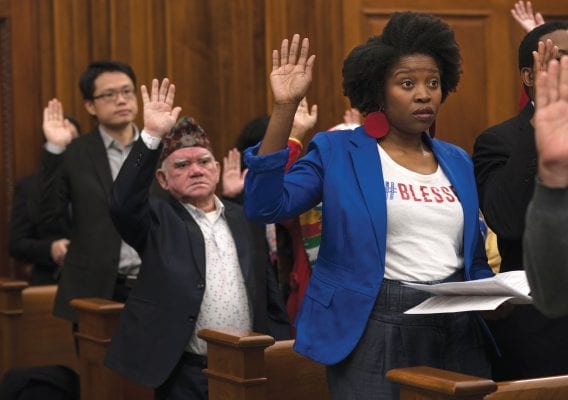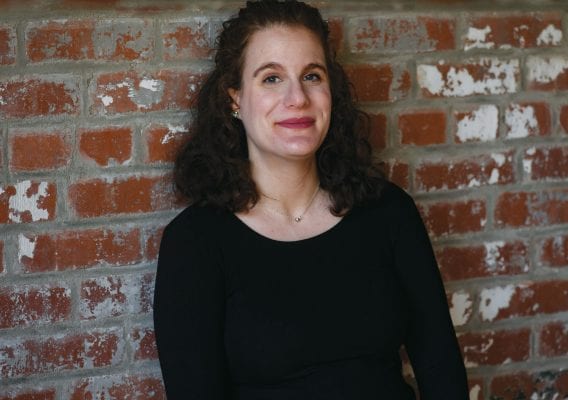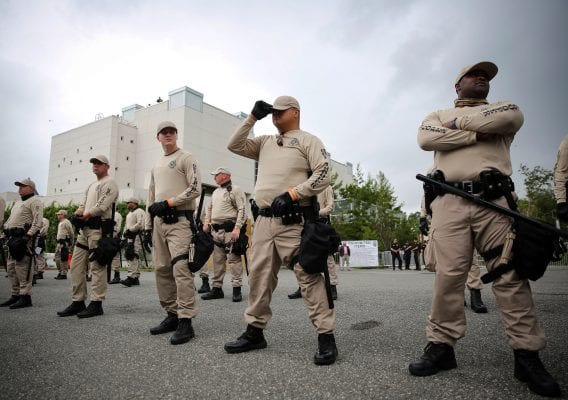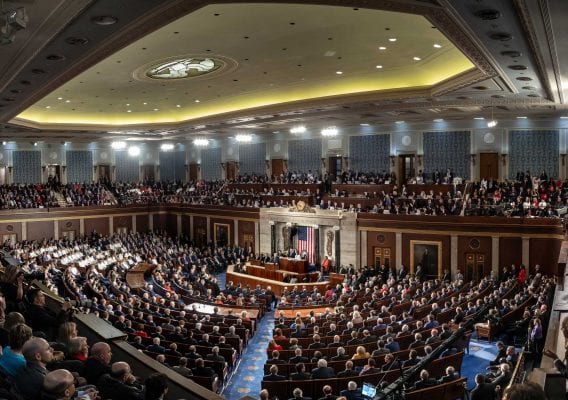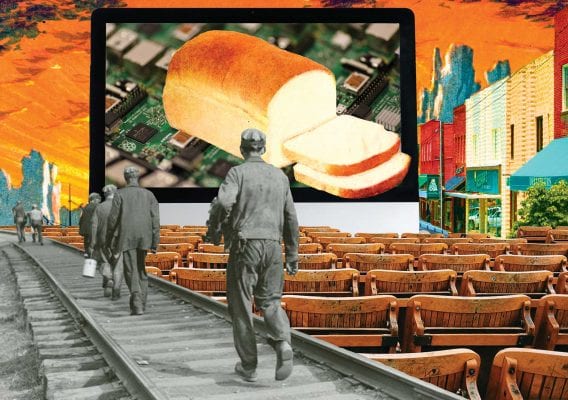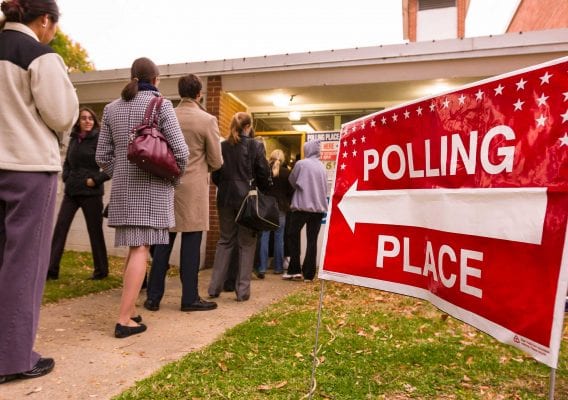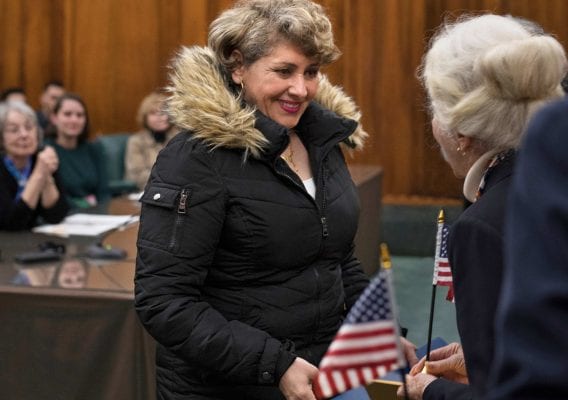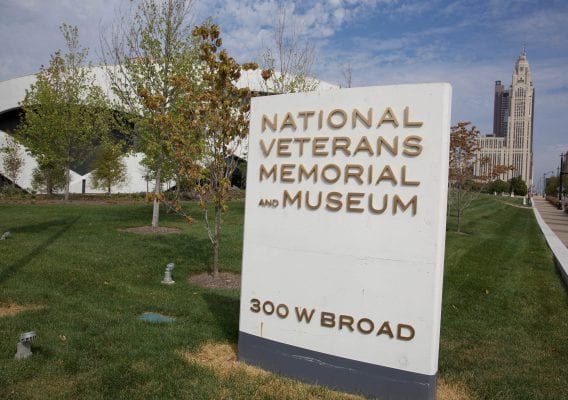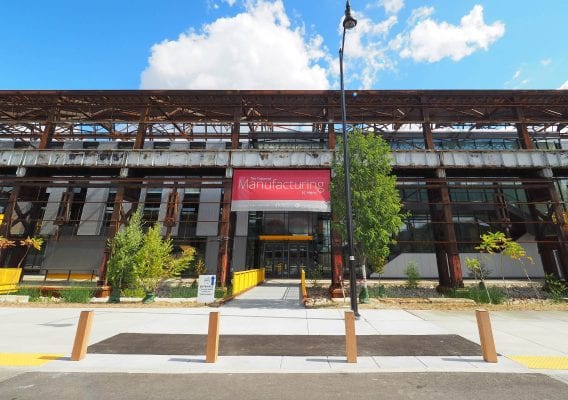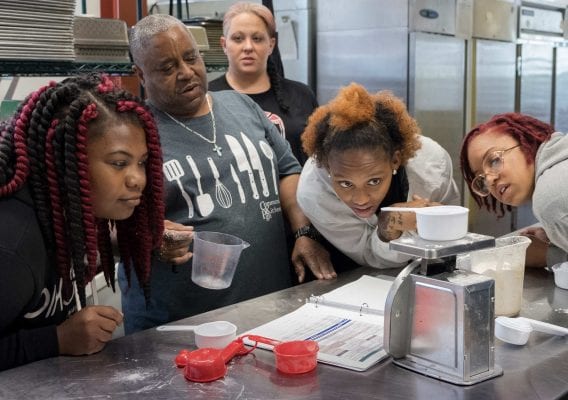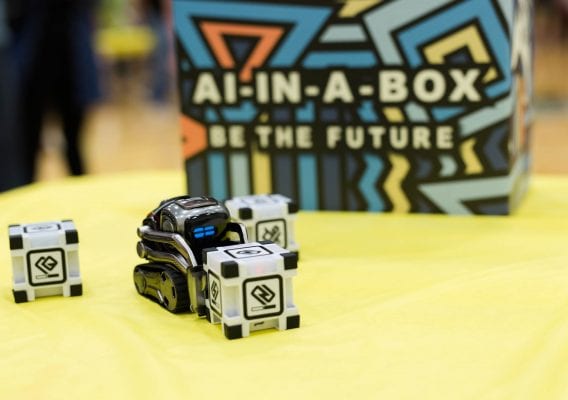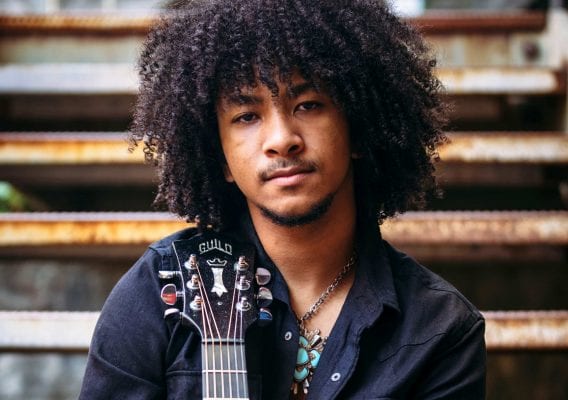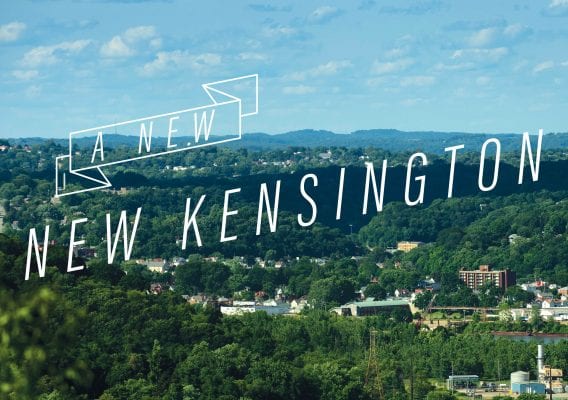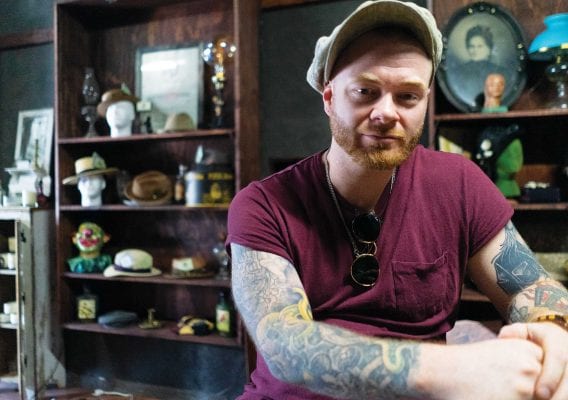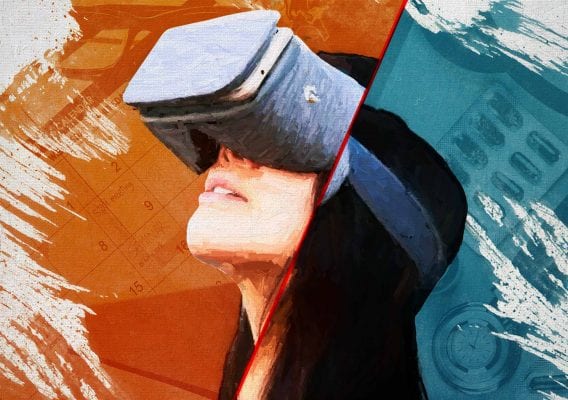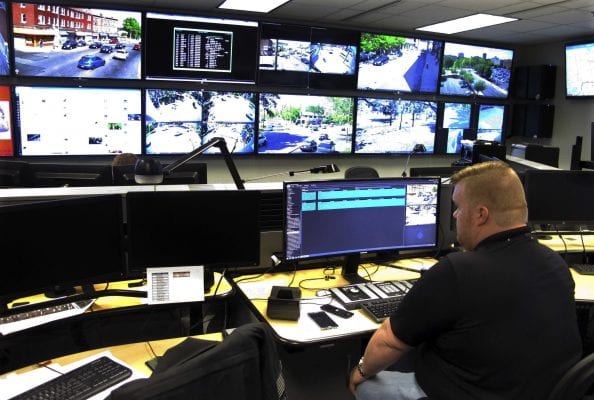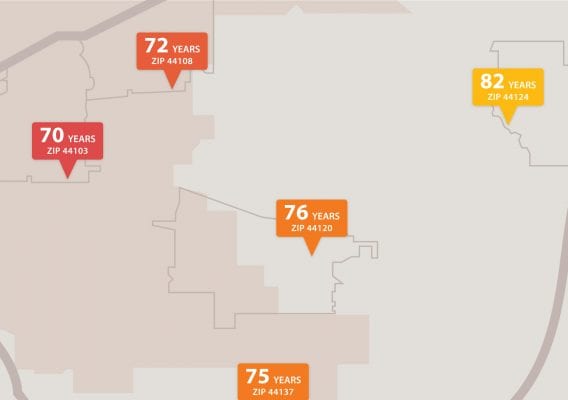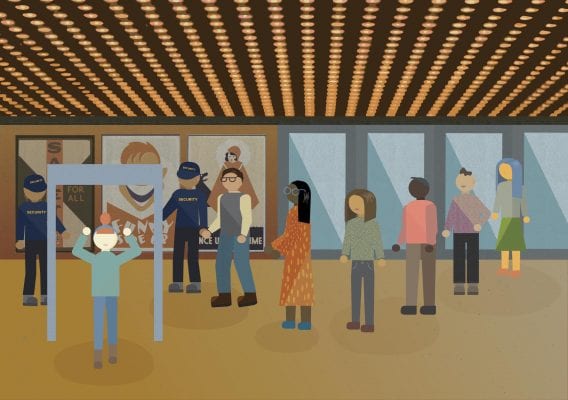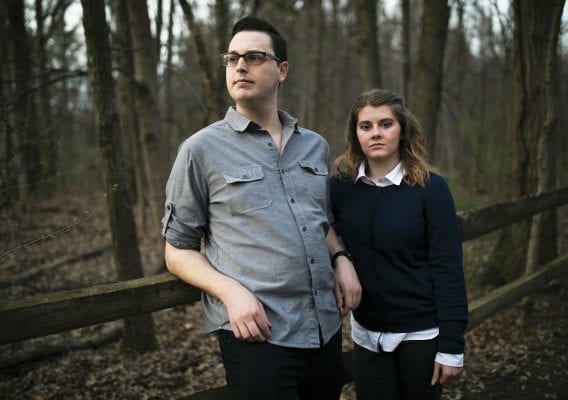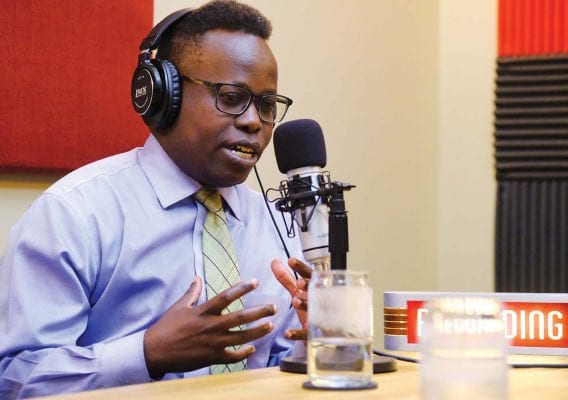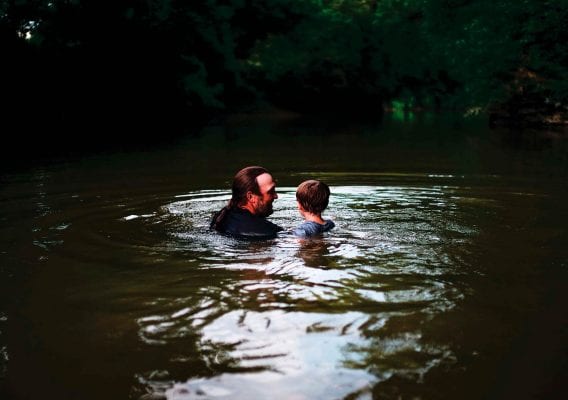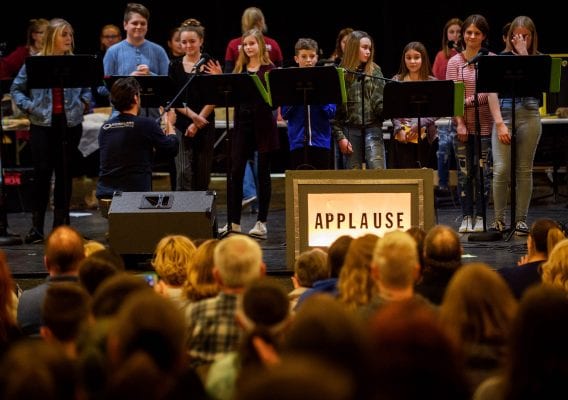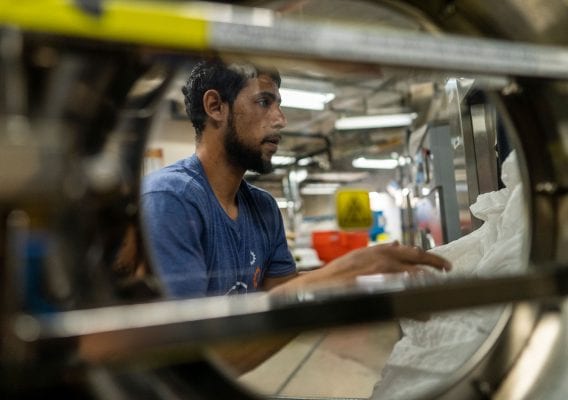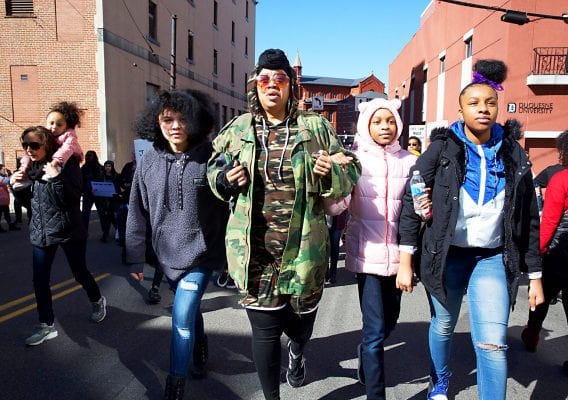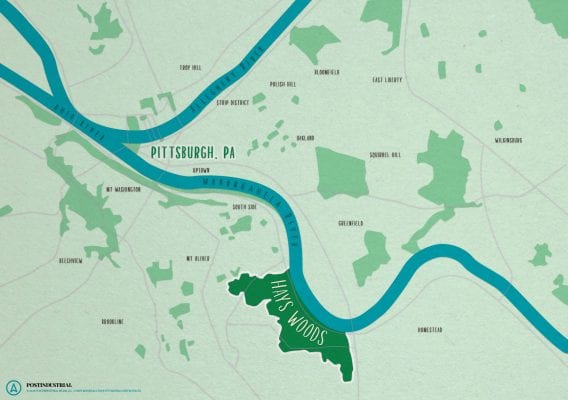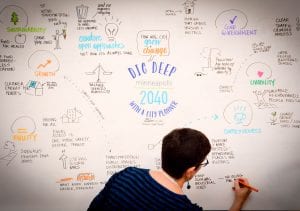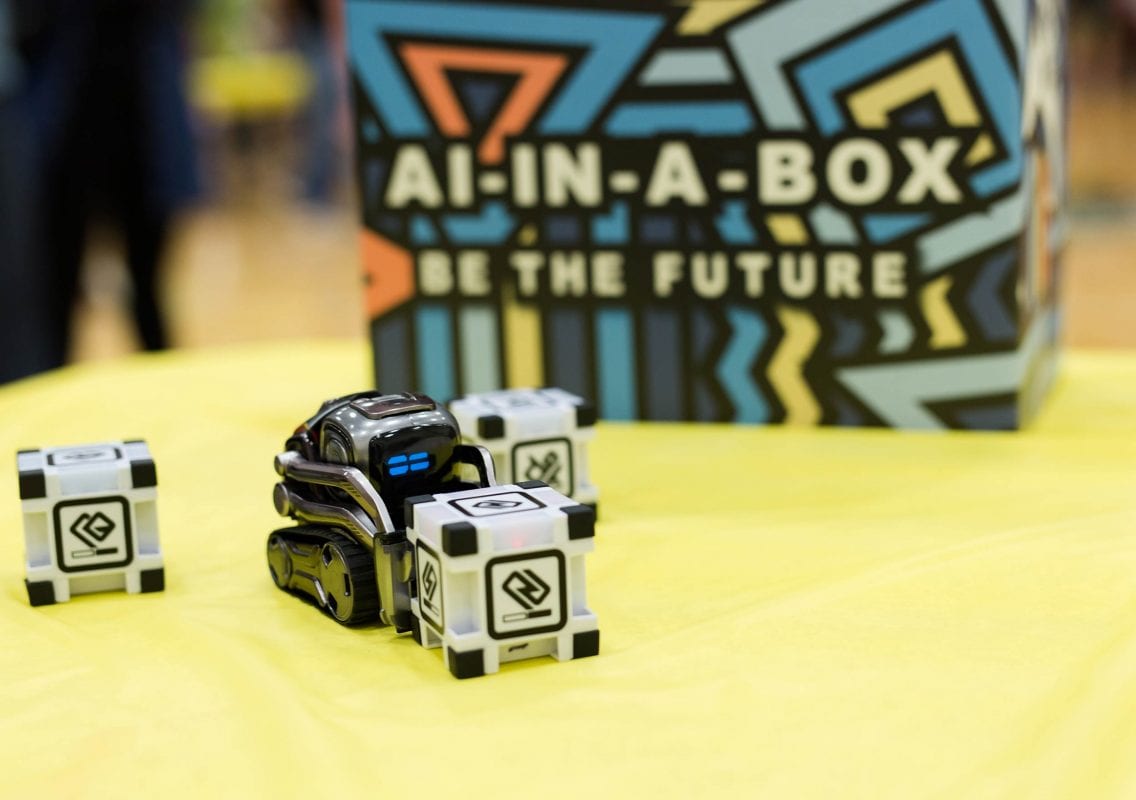

October 6, 2019
Artificial Intelligence
for everyone
A Carnegie Mellon researcher spearheading a nationwide effort to teach students as young as age 5 about ‘smart machines’ says: ‘No one has thought how to make AI intelligible to the elementary audience.’ Until now.
~
Story by Kimberly Palmiero
Photos by Jeff Swensen
People will depend even more on machines — robots — by 2030 to help them pick a mate, help kids with homework, and run meetings. But will students know enough to use artificial intelligence wisely?
There’s no widespread AI instruction in U.S. public-school classrooms. But that’s changing as teachers work — often independently — to bring more programs to students, as in Montour School District in suburban Pittsburgh. And a handful of experts led by a Carnegie Mellon University researcher are working to create guidelines to teach students about artificial intelligence in schools nationwide.
Research professor David Touretzky speaks with a sense of urgency about AI education.
“Our goal is to make sure every American child understands AI,” said Touretzky, who leads a working group of the Association for the Advancement of Artificial Intelligence and the Computer Science Teachers Association.
The working group is developing national guidelines for teaching AI to students in kindergarten through 12th grade. He said it will take about a year to develop those guidelines, which may then be translated into a curriculum.
“We want to be nimble with our AI program because we want to make it relevant and meaningful for kids.”
~
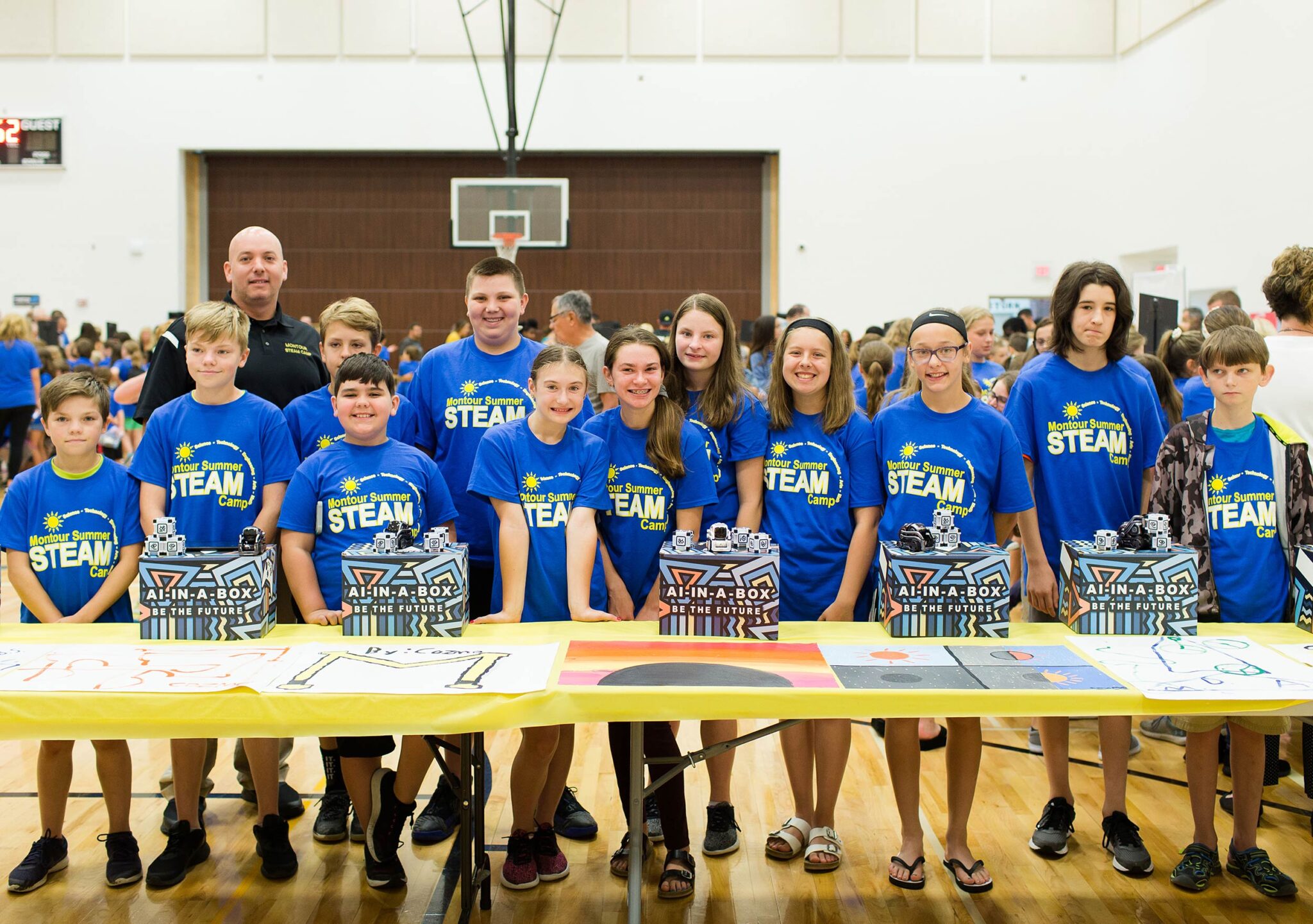
Montour AI program teacher Bill Black with his students at the 2019 Montour Summer STEAM Camp. These 12 students worked hands-on with real AI, more specifically the robot programming framework Calypso, to command a small robot named Cozmo.
The nonprofit AI4ALL, which works to increase diversity and inclusion in the AI field, also joined the effort.
Algorithm-driven artificial intelligence is the field within computer science of creating “smart” machines that perform tasks that typically require human intelligence.
AI powers services like Siri and Alexa to help you get answers to questions. Facebook uses AI to flag potentially “fake news.”
On a more fantastical level, think Baymax, the endearing personal healthcare robot in the movie “Big Hero 6.”
But the power inherent in AI also has created an arms race of sorts: The United States is a pioneer in the field, but China wants to lead the world in it.
A Pew Research Center survey last year of nearly 1,000 experts, such as developers and researchers, predicted that “networked artificial intelligence will amplify human effectiveness, but also threaten autonomy, agency, and capabilities.”
Touretzky said the working group is mindful of ethical concerns; the goal is not just to teach students how to think about AI but to use it in ways that will benefit society.
The group is crafting an approach inspired by the Computer Science Teachers Association’s computer science standards for students.
There also will be an online directory of resources where educators will be able to find videos and activity descriptions they can use as part of lesson plans.
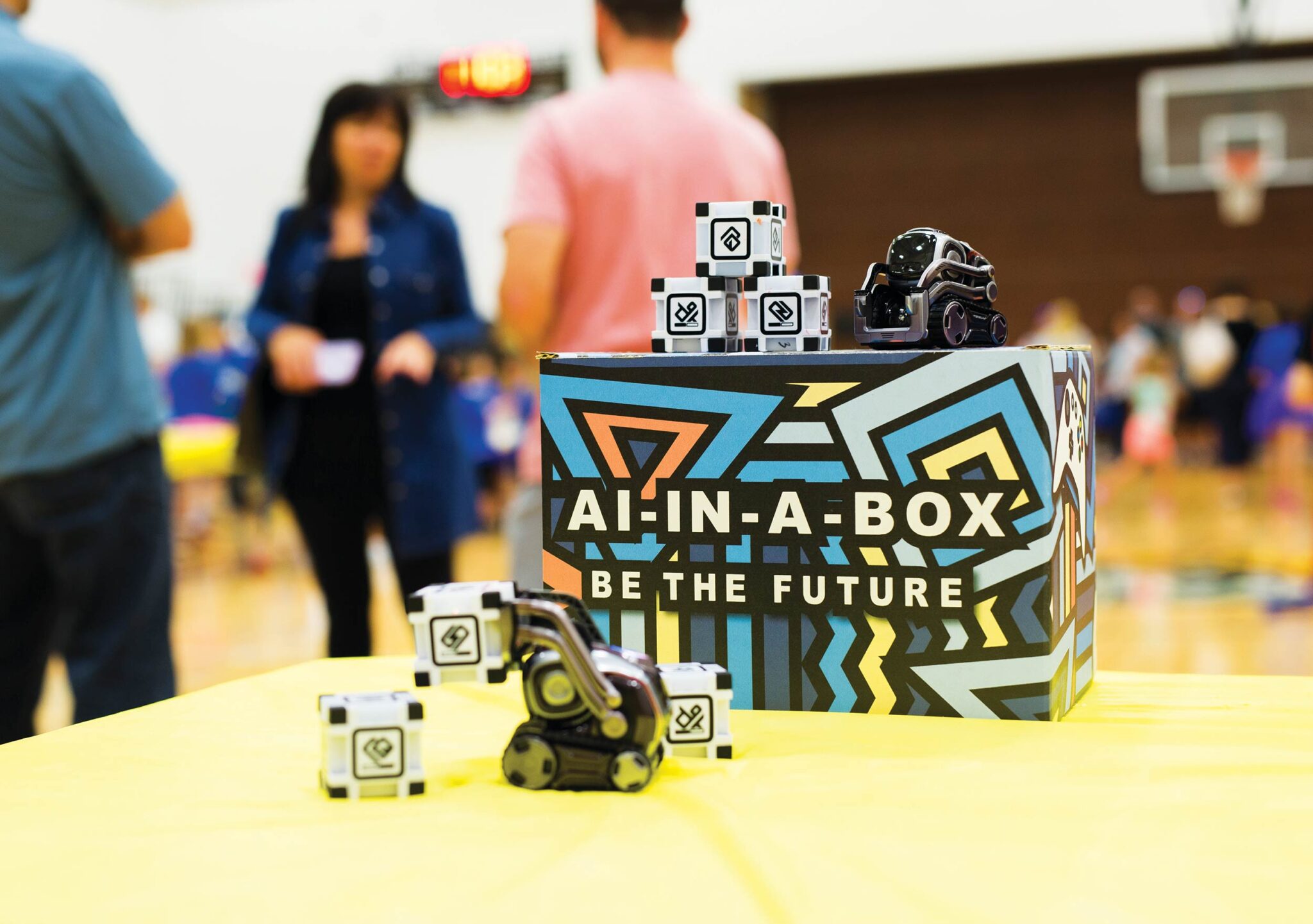
The Calypso program and Cozmo the robot help introduce young students to AI. Students learn more about computer vision, face recognition, speech recognition and landmark based navigation. CMU research professor David Touretzky, and founder of Calypso software, has said, "Cozmo robot is essentially a small driving car you can fit in the palm of your hand."
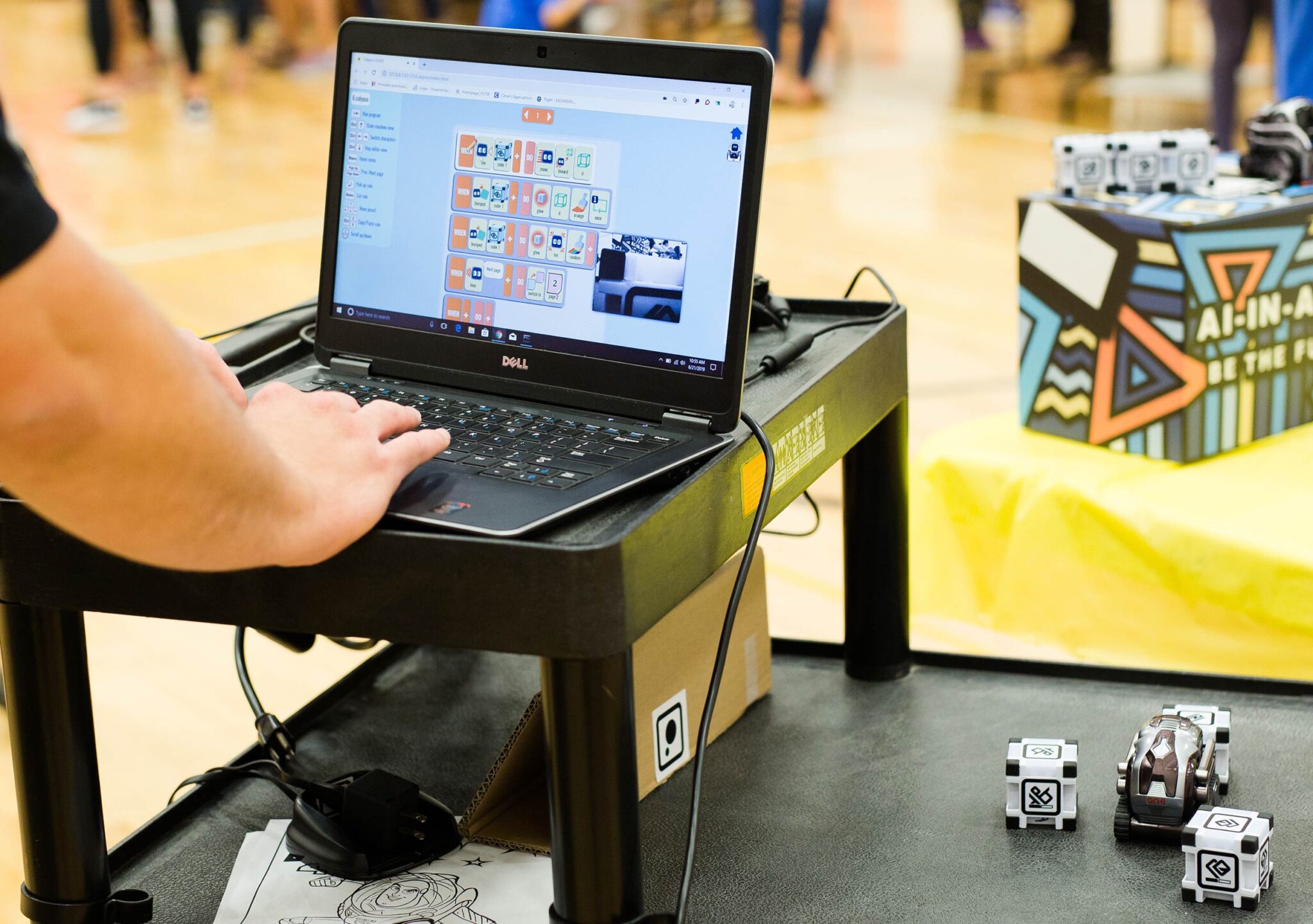
During a program at Montour School District, just outside of Pittsburgh, students learned more about artificial intelligence through AI-In-A-Box, a kit that contains materials to demonstrate principles of artificial intelligence.
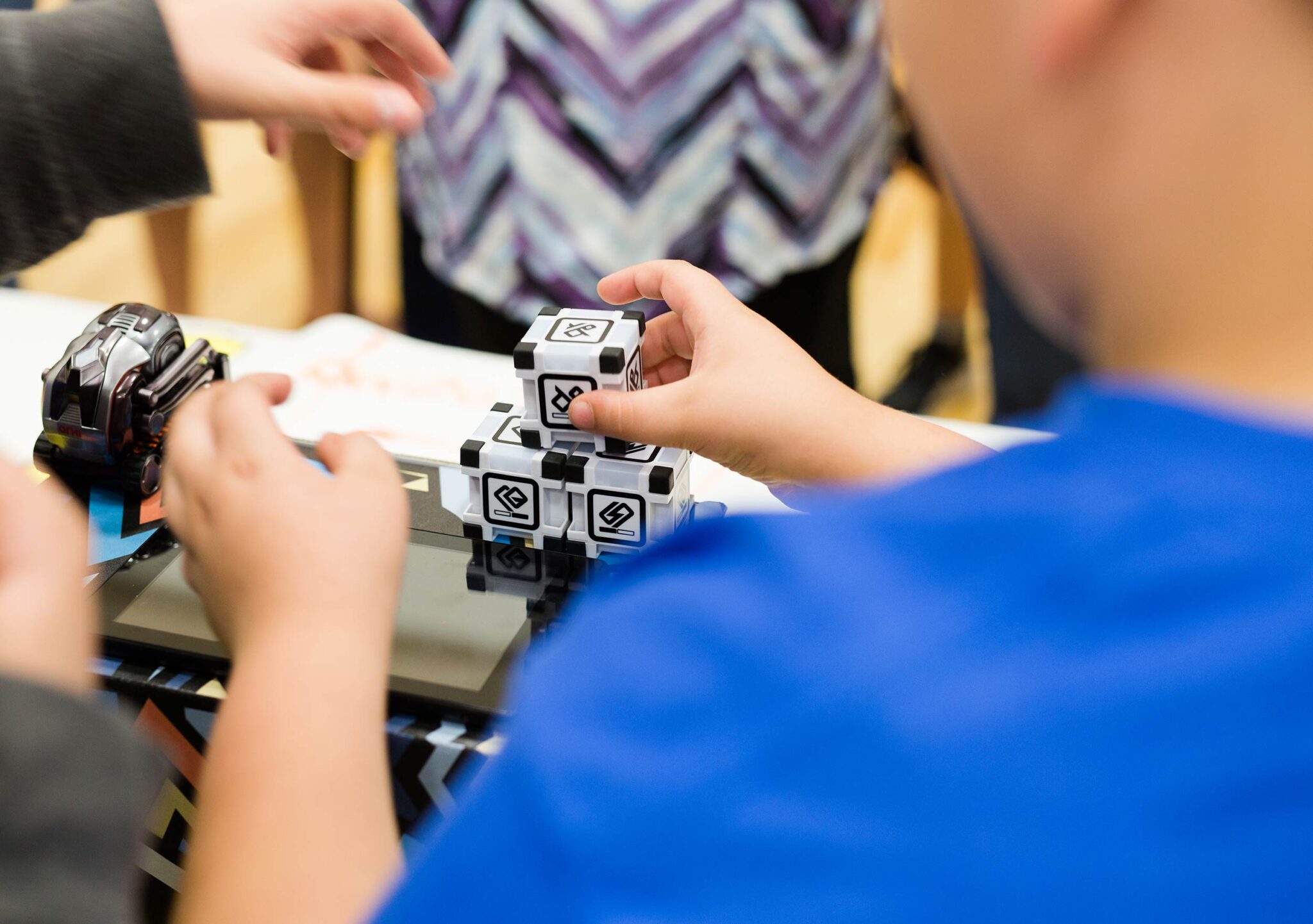
A student uses the kit AI-In-A-Box, which helps teach aspects of artificial intelligence, during a camp earlier this year at Montour School District.
Those lesson plans won’t necessarily require a lot of extra materials. Some activities, Touretzky points out, can be done on a blackboard.
“We are trying to be mindful of the fact that we want to serve all schools and some schools have better resources than others,” he said. “What that means is when we talk about our communities, we want to make sure this isn’t expensive equipment.”
The group is developing guidelines for what students should do at each grade level, which includes teachers and subject matter experts. The National Science Foundation helped fund the effort.
Instruction will look different in grade levels that lack electives.
“So if you look at how do you do AI (in kindergarten to second grade), the most you can hope for is that you are folding that into other types of instruction. You could have little AI moments. What does Siri think of what is a noun? With the younger grades, it is folding AI in where it fits,” Touretzky said.
The working group developed a poster offering five “big ideas” about artificial intelligence: perception, representation and reasoning, learning, societal impact, and natural interaction.
“Even that is a major leap forward,” Touretzky said of the poster. “No one has thought how to make AI intelligible to the elementary audience.”
Educator and author Michelle Zimmerman said teaching AI involves creativity, critical thinking, and problem-solving skills.
“It’s more about the process of how we train kids to think and be flexible in their thinking from one domain to another,” said Zimmerman, author of “Teaching AI.”
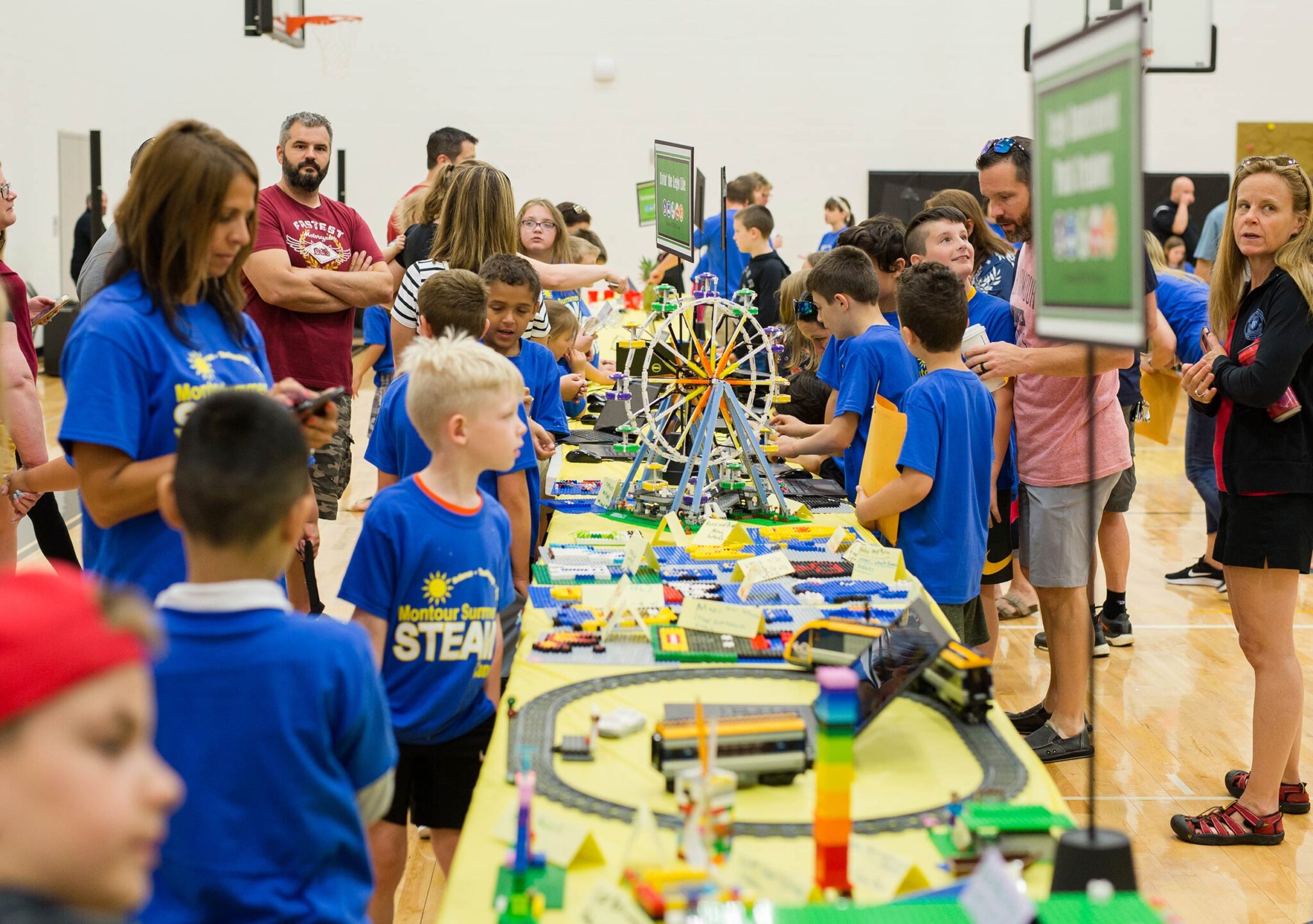
Students at the 2019 Montour Summer STEAM Camp demonstrate their projects for family and friends.
“If we are not teaching things like AI it will impact every workforce.”
~
Zimmerman also is chief innovative teaching and learning sciences officer at Renton Prep Christian School in Washington state, where she helps bring AI instruction to classrooms.
“It’s a different approach than saying ‘teach kids how to code this chatbot,’ which is a good step, but if we create such a locked-in process it’s going to do our kids a huge disservice in their ability to think and create,” she said.
Even without a standard curriculum, educators in some regions of Postindustrial America are building their own programs. This fall, students in Montour School District, about 10 miles from downtown Pittsburgh, will have AI instruction from kindergarten through 12th grade.
Justin Aglio, Montour’s director of academic achievement and district innovation, has helped forge partnerships and develop the classes.
For example, students will continue working with Experiments with Google this school year.
“We are using their applications and providing feedback to make the programs more meaningful and useful across the country. We provide them with feedback and then they provide us feedback on best ways to introduce concepts to the public,” Aglio said.
Through a partnership with MIT they also will have an ethics class related to AI.
“Our goal is to work with research-based authentic partners that are dedicated to this work that understand the vision of AI and work with them as learning partners and make a fluent and nimble program [so] that students can have a relevant and valuable learning experience,” Aglio said.
At a STEAM camp in June, students worked on some projects related to artificial intelligence. Some of the students used AI-in-a-Box, a set of robots, accessories, and curriculum resources.
While those resources play a role, Aglio said the district does not rely on products as a cornerstone of its AI program.
“We want to be nimble with our AI program because we want to make it relevant and meaningful for kids,” Aglio said. “We don’t want to get locked into our AI program. That information could change within a year or two.”
At Zimmerman’s school, Renton Prep, they “work on the mindset first,” she said.
“We are teaching them and they will not necessarily have an instruction manual for everything. How do you find the resources when you have constraints? We build in projects with intentional constraints. That small little question or twist can get kids to think beyond it.”
Artificial intelligence has such transformative potential that the Brookings Institute predicts “almost no occupation will be unaffected by technological change in the AI era,” according to a report released in January.
“All reports are showing that it’s here, it’s now,” Touretzky said. “If we are not teaching things like AI it will impact every workforce.
“If we don’t teach it to them I’m not sure we’re doing our jobs as educators for the future.”

Kimberly Palmiero is CEO and Editor-in-Chief of Postindustrial. She also is a senior editor for iGeneration Youth and immediate past president of the nonprofit Press Club of Western Pennsylvania. A small business owner, she also was a managing editor for Trib Total Media. She is based in Pittsburgh.





